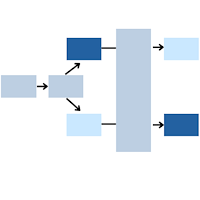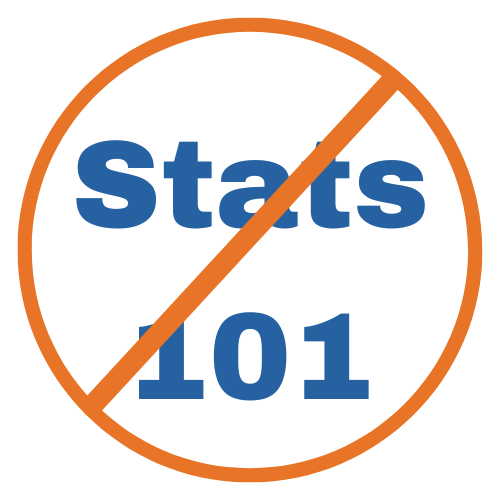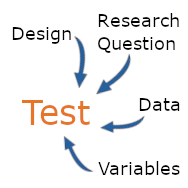Previous Posts
No, degrees of freedom is not “having one foot out the door”! Definitions are rarely very good at explaining the meaning of something. At least not in statistics. Degrees of freedom: “the number of independent values or quantities which can be assigned to a statistical distribution”. This is no exception.
The Kappa Statistic or Cohen’s* Kappa is a statistical measure of inter-rater reliability for categorical variables. In fact, it’s almost synonymous with inter-rater reliability. Kappa is used when two raters both apply a criterion based on a tool to assess whether or not some condition occurs. Examples include:
In the world of statistical analyses, there are many tests and methods that for categorical data. Many become extremely complex, especially as the number of variables increases. But sometimes we need an analysis for only one or two categorical variables at a time. When that is the case, one of these seven fundamental tests may […]
There are important ‘rules’ of statistical analysis. Like Always run descriptive statistics and graphs before running tests Use the simplest test that answers the research question and meets assumptions Always check assumptions. But there are others you may have learned in statistics classes that don’t serve you or your analysis well once you’re working with […]
The scatterplot is a simple display of the relationship between two, or sometimes three, variables. You have a wide range of options for displaying a scatterplot. In particular, you can control the location, size, shape, and color of the points in your scatterplot.
Of all the stressors you’ve got right now, accessing your statistical software from home shouldn’t be one of them. (You know, the one on your office computer). We’ve gotten some updates from some statistical software companies on how they’re making it easier to access the software you have a license to or to extend a […]
One activity in data analysis that can seem impossible is the quest to find the right analysis. I applaud the conscientiousness and integrity that underlies this quest. The problem: in many data situations there isn’t one right analysis.
Learning statistics is difficult enough; throw in some especially confusing terminology and it can feel impossible! There are many ways that statistical language can be confusing. Some terms mean one thing in the English language, but have another (usually more specific) meaning in statistics.
Based on questions I’ve been asked by clients, most analysts prefer using the factor analysis procedures in their general statistical software to run a confirmatory factor analysis. While this can work in some situations, you’re losing out on some key information you’d get from a structural equation model. This article highlights one of these.
Confirmatory factor analysis (CFA) is the fundamental first step in running most types of SEM models. You want to do this first to verify the measurement quality of any and all latent constructs you’re using in your structural equation model.




 stat skill-building compass
stat skill-building compass